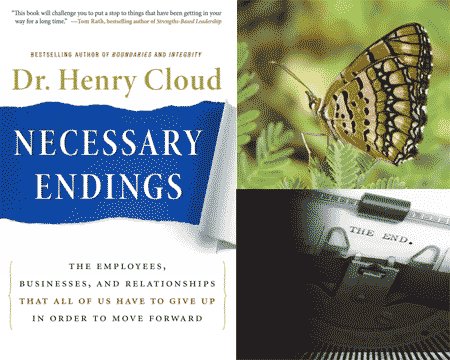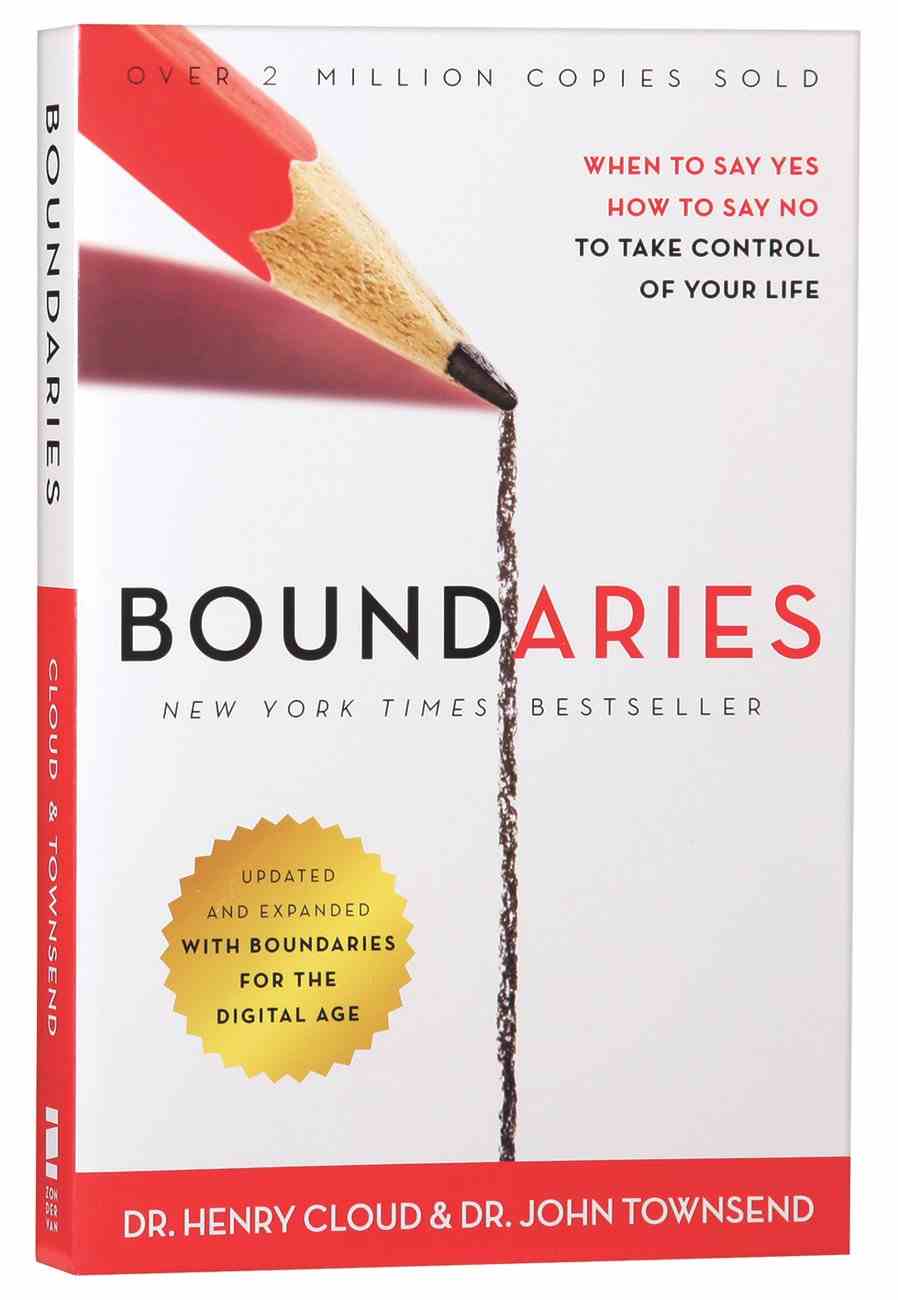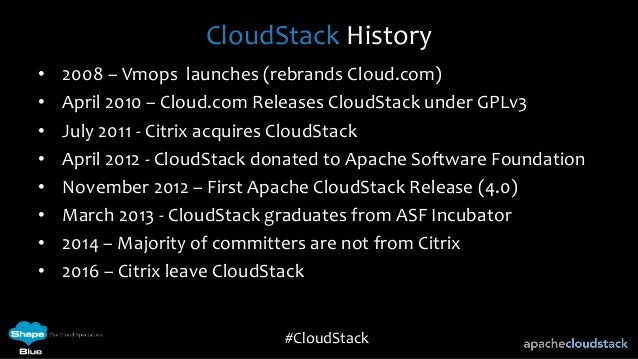
For a while, the gardener may monitor them, fertilize and nurture them, or otherwise try to make them healthy. Some branches are sick or diseased and are not ever going to make it. Without the endings, you don’t get the best roses. It is a necessity of life for rosebushes. But the rosebush could not do this without pruning. Those buds get the best that the bush has to offer, and they thrive and grow to fullness. In doing so, the gardener frees those needed resources so the plant can redirect them to the buds with the greatest potential to become mature roses. He ends their role in the life of the bush and puts an end to the bush’s having to divert resources to them. The caretaker constantly examines the bush to see which buds are worthy of the plant’s limited fuel and support and cuts the others away. In order for the bush to thrive, a certain number of buds have to go.

#NECESSARY ENDINGS BY CLOUD FULL#
The plant has enough life and resources to feed and nurture only so many buds to their full potential it can’t bring all of them to full bloom. Rosebushes and other plants produce more buds than the plant can sustain. Dead branches that are taking up space needed for the healthy ones to thrive. Sick branches that are not going to get wellģ.

Healthy buds or branches that are not the best ones,Ģ. The gardener intentionally and purposefully cuts off branches and buds that fall into any of three categories:ġ. It turns out that a rosebush, like many other plants, cannot reach its full potential without a very systematic process of pruning. Pruning is a process of proactive endings. But there is also a method behind the beauty. See here.Pruning: Growth Depends on Getting Rid of the Unwanted or the SuperfluousĬertainly, there is talent and art behind every beautiful garden. My post from yesterday on false contentment relates to this subject as well. If you are stuck in cycles or not seeing growth in your life, I encourage you to pick up the book! It’s available as print, kindle or audio. In the book, there are many examples and strategies and how-to’s for ending things. I’ve summarized maybe 2 or 3 chapters out of 12.

Our desire to remain in comfortable and familiar situations can blind us to benefit of ending things. It’s quite common for people to fear change. You could simply replace the word “endings” the word “change” here. Just a the climate seasons change every three months, we need to know that areas of our life should change regularly. The third chapter is entitled, “Normalizing Necessary Endings.” Here, author Henry Cloud makes the point that we need to make the idea of ending things as necessary and normal.

It is often required to see change and growth. The process of ending things isn’t only necessary, but it should be a regular part of your life. The gist of book is just as the title and subtitle states: you must end things in order to move forward in your life. Necessary Endings focuses on a very straight-forward topic, but reveals how critical and rare it is to practice. Today, I’m posting my second book review of books that really impacted me in 2013. Necessary Endings, by Henry Cloud, co-author of the bestseller, Boundaries.


 0 kommentar(er)
0 kommentar(er)
